What are Yan Mian noodles?
Originating in Meizhou, Hakka noodles—also known as Yan Mian (literally, marinated noodles)—are a traditional Chinese dish that has swept across Asia and become a global culinary favorite.
Yan Mian noodles stand out for their harmonious, savory blend of flavors: crispy fried garlic, seasoned fish sauce, and a generous spoonful of lard.
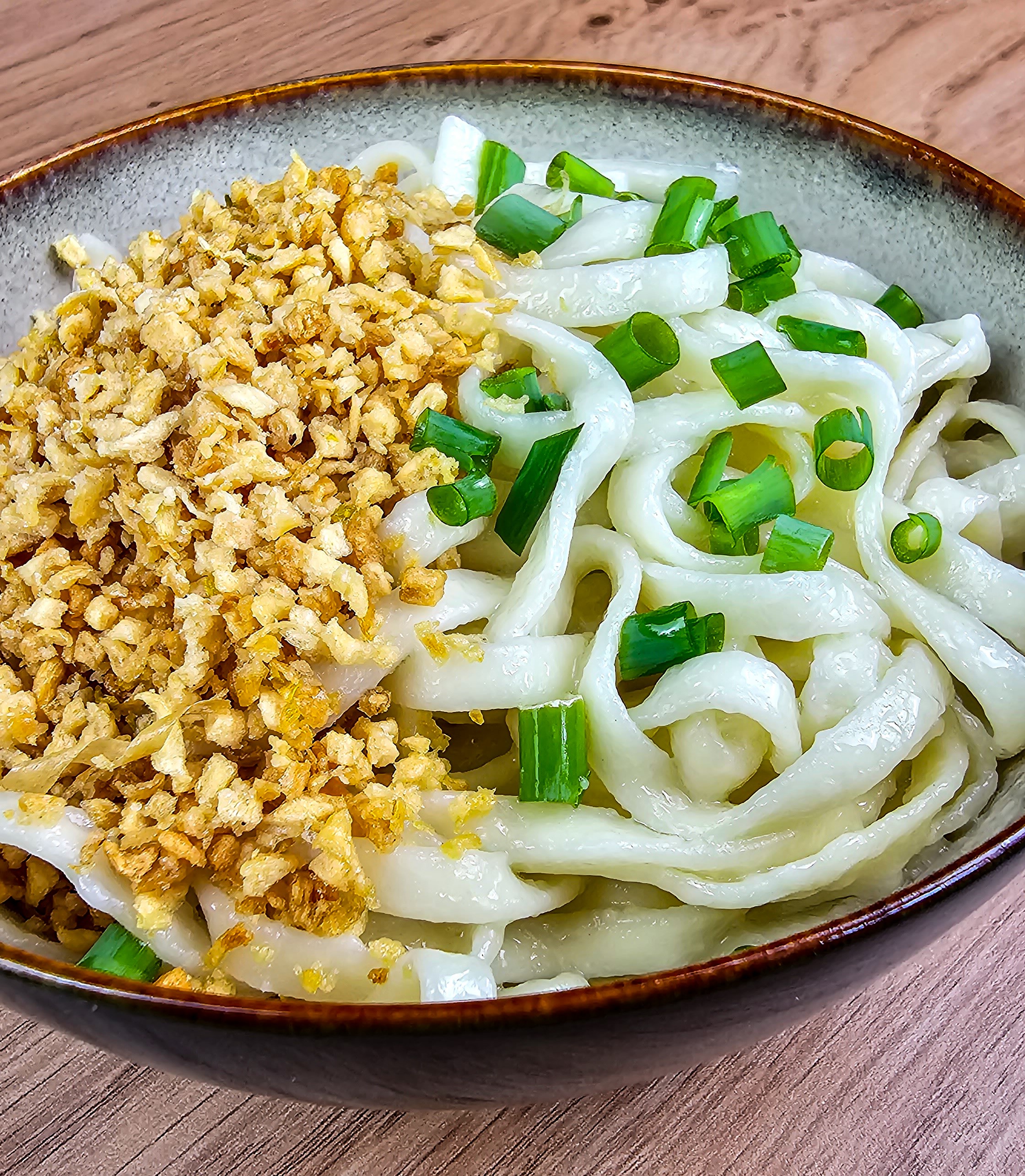
Simple as it is, this combination is deeply satisfying. The noodles are often served with a pork broth (recipe coming soon), which adds another layer to this emblematic dish.
Who are the Hakka people?
The Hakka, a distinct subgroup of China’s Han population, are recognized as one of the world’s most influential diasporas.
Although their exact origins are debated, it is generally accepted that they gradually migrated from northern China to the southern coast over the centuries.
Today, they make up the majority in the mountainous regions of southern Fujian and eastern Guangdong. Their long history of migration, deeply etched into their culture, is a cornerstone of their identity.

Hakka migration didn’t stop at China’s borders. Communities were established across the world—from peninsular Malaysia to Borneo, the Riau Islands in Indonesia to Thailand, Myanmar to Cambodia, India to Mauritius, and even Jamaica.
In each place, Hakka presence is often reflected in local adaptations of their cuisine, notably variations on Hakka noodles, an emblematic dish of their culinary heritage.
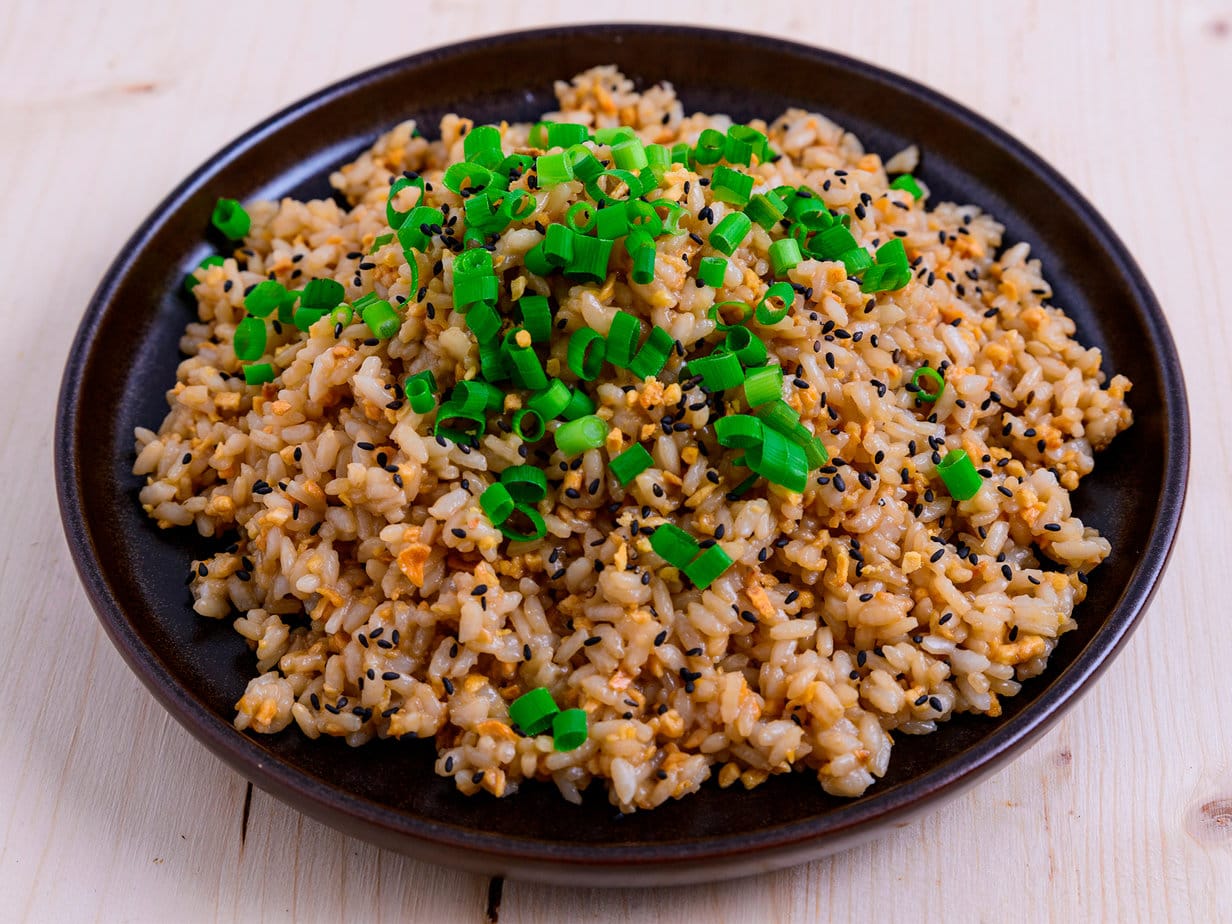
What do Yan Mian noodles taste like?
When you delve into the flavor profile of Yan Mian noodles, it quickly becomes clear that their distinctive complexity comes largely from the seasoned fish sauce.
Rich and deep, it carries a subtle salinity that highlights the sea’s aromas, with a hint of sweetness from the added sugar.
The harmonious blend of sugar, fish sauce, and other ingredients triggers a reaction akin to the Maillard reaction.
However, unlike the typical reaction that occurs when meat is cooked at high temperatures, here it seems to happen in a liquid medium.
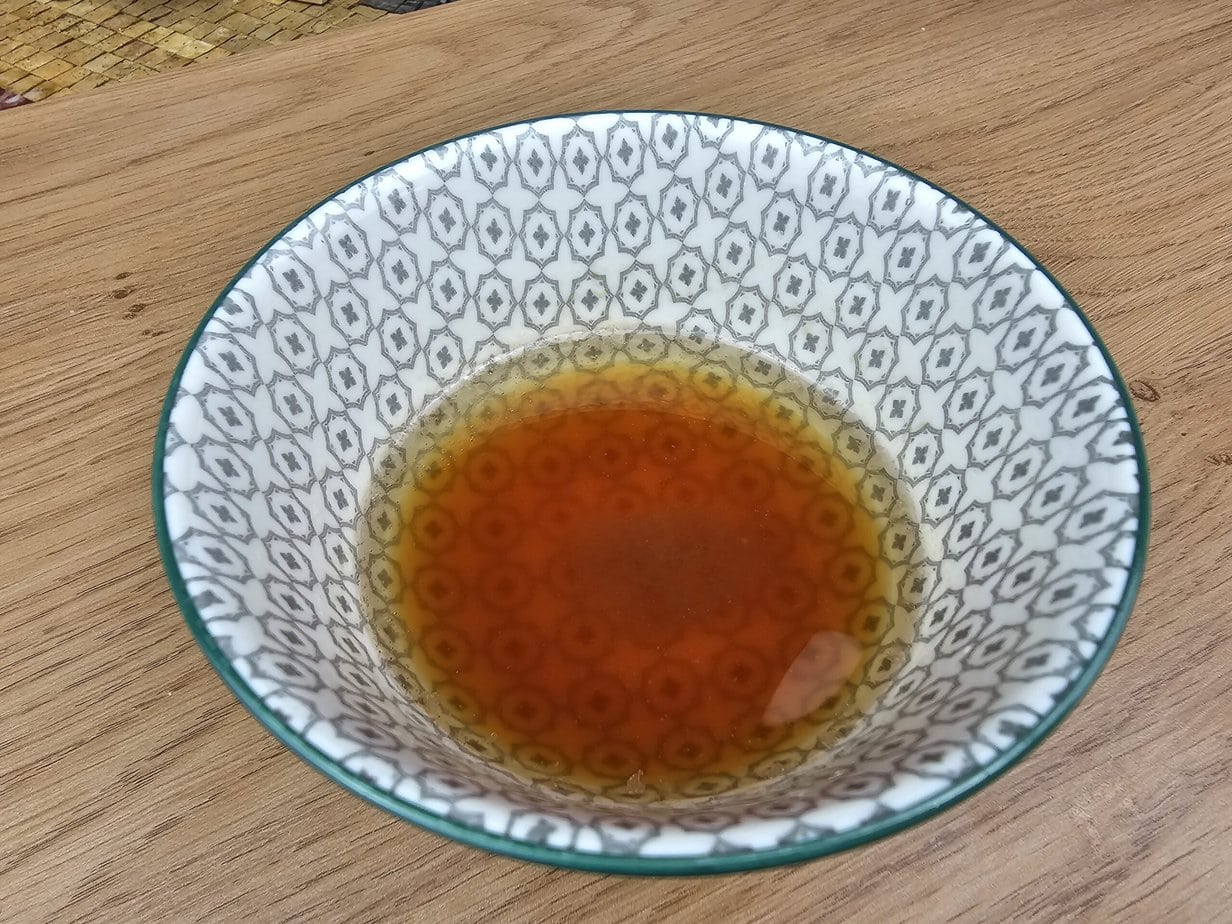
This culinary alchemy turns a few simple components into a deeply savory sauce that saturates the noodles with flavor.
It’s comparable to the delicious pan juices from a perfectly cooked duck breast: concentrated and flavor-amplifying—just as the seasoned fish sauce does for Yan Mian noodles.
Tips for perfect Chinese fried garlic noodles
Make a large batch of seasoned fish sauce in advance and freeze it so you can whip up a bowl whenever you like.
If you can’t find fried garlic at the Asian supermarket, here’s my recipe for fried garlic.
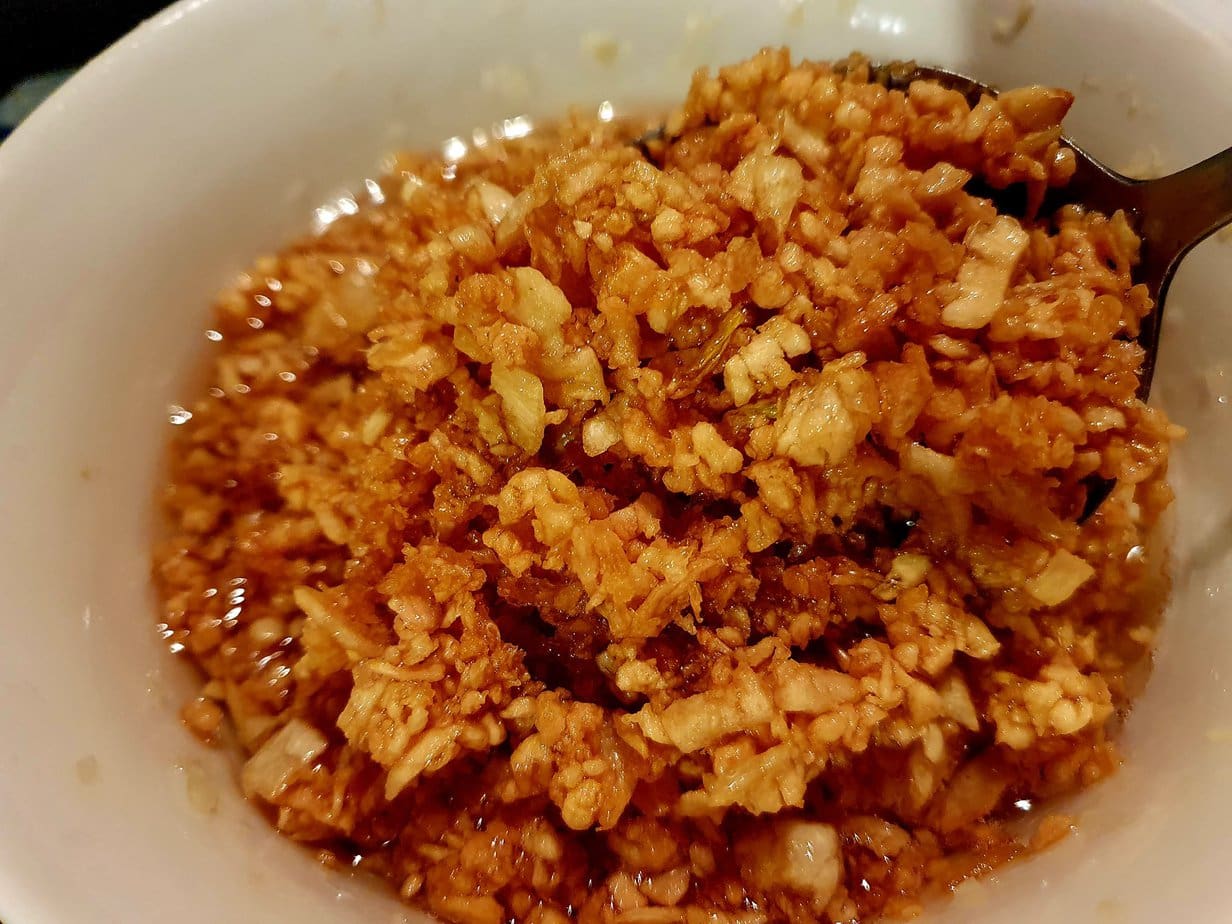
If you can’t find palm sugar, substitute cane sugar or regular granulated sugar.
The main ingredients in fried garlic noodles
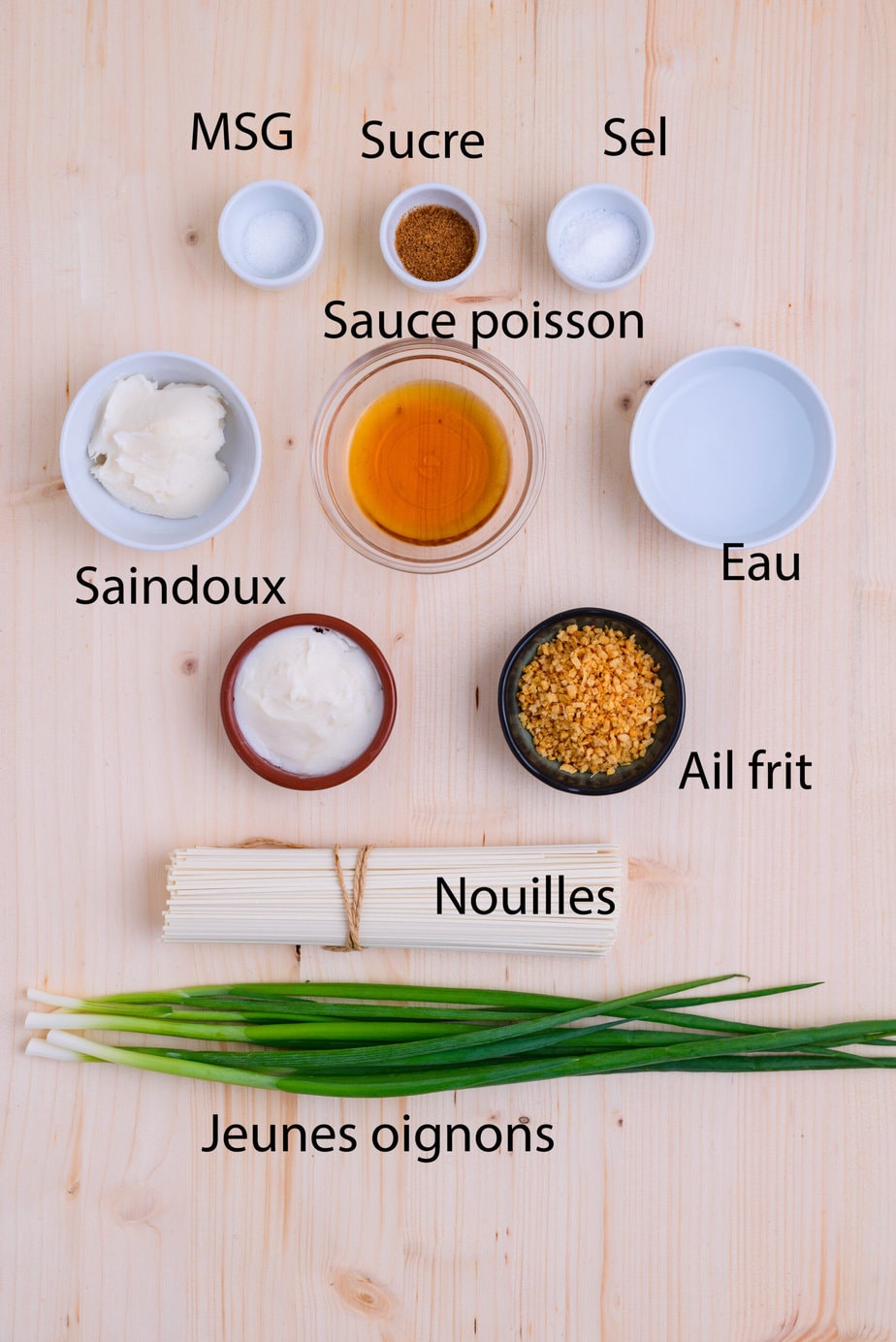
Lard: Lard is pork fat that has been rendered and clarified. It’s used for its richness and flavor in many dishes. You can substitute another animal fat such as duck, beef, or goose fat.
Fried garlic: Garlic is fried until crispy and golden, then used as a garnish. It adds a lovely garlicky flavor and a pleasant crunch.
Fish sauce: Fish sauce is a condiment commonly used in Asian cuisine. Made from fermented, salted fish, it delivers a strong, salty umami punch.
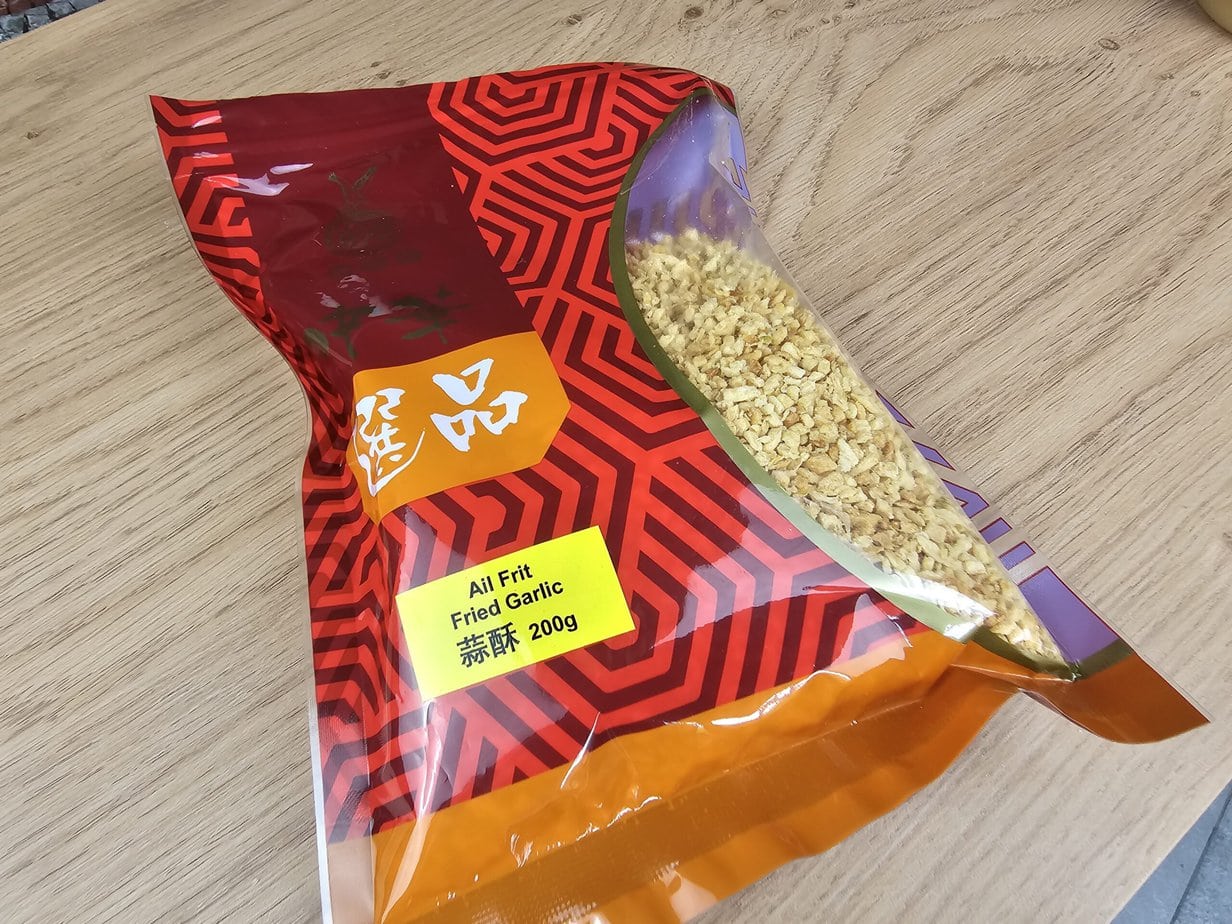
Water: Used in the seasoned fish sauce to loosen it slightly and help the ingredients combine.
Palm sugar: Palm sugar is an unrefined sugar made from the sap of various palm species. It has a mellow, caramelized flavor.
Glutamate: Also known as MSG, glutamate is a flavor enhancer that delivers intense umami.
Noodles: The noodles are the base of the dish. Choose any style you like, but they should have a good chew to hold the sauce well.
Green onions: Also known as scallions, they garnish the dish with a pop of color and a mild, fresh bite.
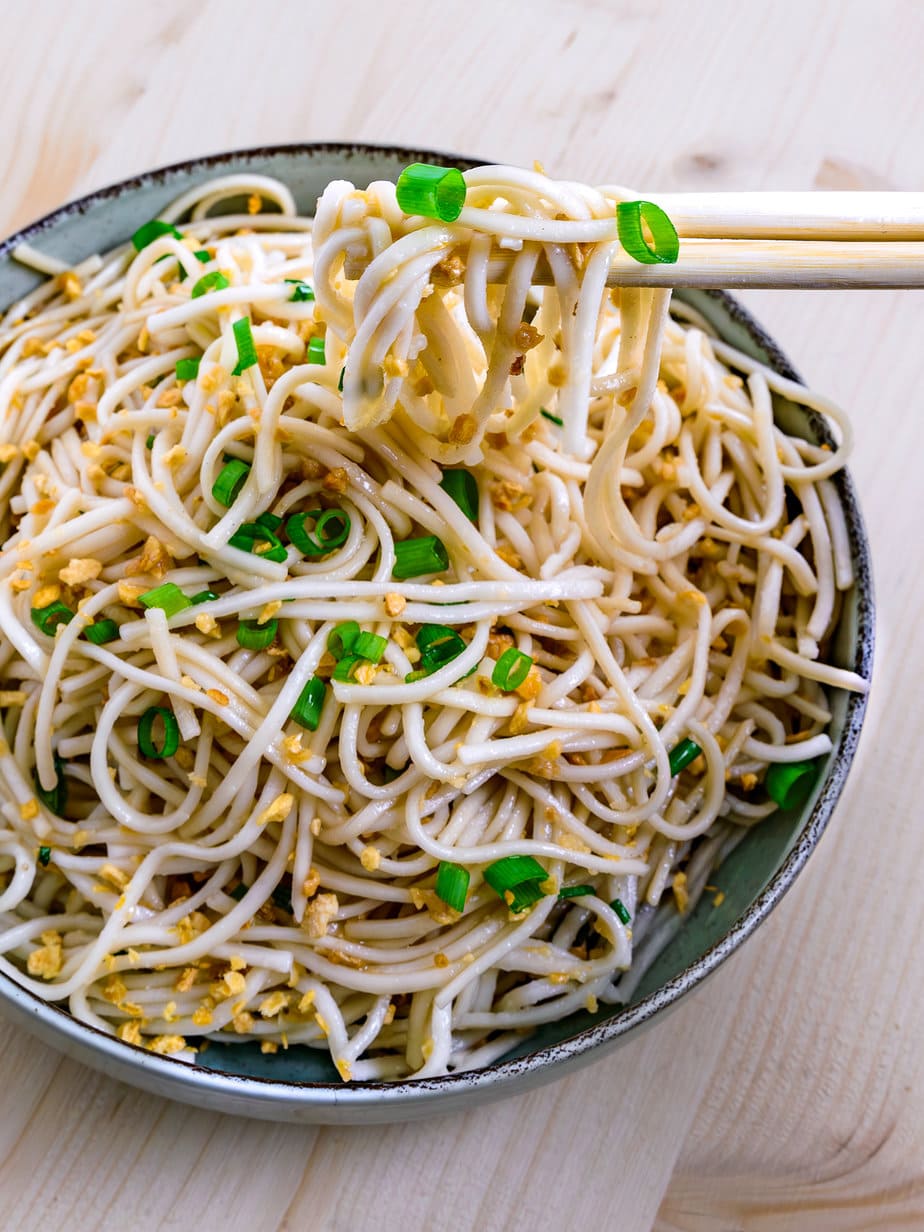
Equipment
- 1 Wok
Ingredients
Seasoned fish sauce
- 2 tablespoons lard
- 3 tablespoons fish sauce
- 3 tablespoons water
- 0.5 teaspoon salt
- 1 teaspoon palm sugar
- 0.5 teaspoon MSG
Noodles
- 240 g noodles dry weight
- 4 tablespoons lard
- 8 tablespoons seasoned fish sauce
- Sliced scallions, for garnish
- 4 tablespoons crispy fried garlic
Instructions
Seasoned fish sauce
- Heat the lard over medium-high heat.2 tablespoons lard

- Add the fish sauce, water, salt, and sugar. Bring to a boil.3 tablespoons fish sauce, 3 tablespoons water, 0.5 teaspoon salt, 1 teaspoon palm sugar
- Boil for about 1 minute 30 seconds.
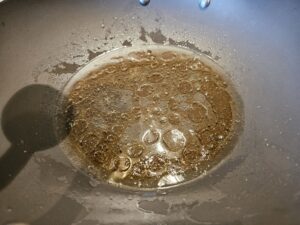
- Turn off the heat and add the MSG.0.5 teaspoon MSG
Noodles
- Cook the noodles according to the package instructions.240 g noodles
- Transfer directly to a plate (or to a large bowl if you want to “do it all at once”).
- Add the lard and the seasoned fish sauce (stir the sauce well before adding) and toss to coat. If the lard or other fat is solid, don’t worry—the heat of the noodles will melt it quickly.8 tablespoons seasoned fish sauce, 4 tablespoons lard
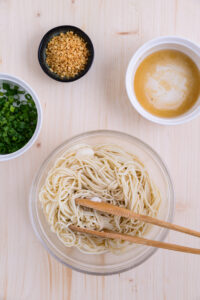
- Garnish with scallions and crispy fried garlic. Toss and serve.4 tablespoons crispy fried garlic, Sliced scallions, for garnish
Notes
Nutrition
For this recipe, I drew inspiration from Chinese Cooking Demystified, the Reddit community, and various videos in Chinese (shout-out to YouTube’s automatic subtitles).

